What kind of coffee is the Sultan of Lumi? Flavor characteristics of Lumei Sultan Coffee beans in Qiancafe Manor

Professional coffee knowledge exchange More coffee bean information Please pay attention to coffee workshop (Weixin Official Accounts cafe_style)
Sudan Rume is generally translated as "Rumi Sultan" or "Sultan Rumi." It is a very rare coffee variety. It was not as famous as Rosedale Coffee, but it was very similar to Rosedale Coffee's experience before it became famous. Front Street Coffee to discuss what is Rumi Sultan?
The Past Life of the Sultan of Rumi
Its name gives us some clues. Similar to Rosedale coffee, it was originally grown in Africa, but not in Ethiopia, but in the Boma Plateau region of southeastern Sudan, in the Lumei Valley (now Boma National Park in South Sudan, close to the western border of Ethiopia). Hence the name Sudan Rume.
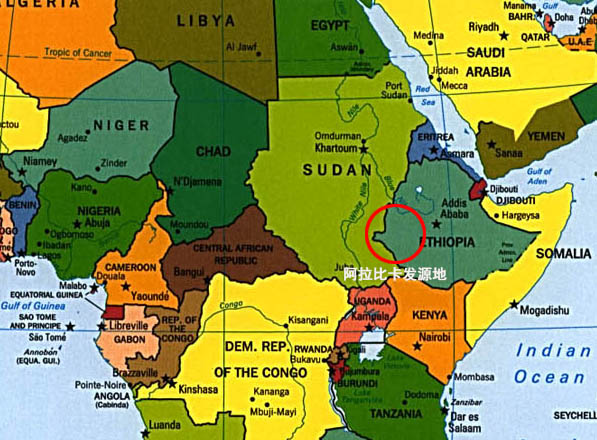
Ethiopia's western border with south sudan is a vast virgin forest containing thousands of arabica coffee varieties, while lumei sudan was only one of the unknown wild coffee species in this forest before it was known to the world. Discovered in 1942, this coffee is known in the coffee world as RS-510, essentially a wild coffee variety collected for experimentation. It has been used as the male parent of coffee hybrids for more than 50 years. When mixed with RS-510, a variety with good flavor and good yield can usually be obtained, because RS-510 has excellent flavor, but ordinary disease resistance and low yield. Mixing RS-510 with better coffee varieties allows coffee farmers to have new hybrids with high yields, strong disease resistance, and excellent flavor varieties, and many well-known modern varieties, such as Castillo, Colombia, have been developed using this technique.
The Life of the Sultan of Rumi
What made RS-510 famous as Rumi Sultan was Australian barista Sasa's 2015 World Barista Championship title with Rumi Sultan from LasNubes Estate in Colombia. What's interesting is that the batch Sasa uses is the first harvest of Las Nubes estate. You can see how good this coffee is.

However, the disadvantages of Lumei Sultan are also obvious, its disease resistance is very poor (except coffee berry disease resistance), and the yield per plant is lower than that of iron pickup. The management level of ordinary smallholder farming is not well managed. So all the Lumei Sultan beans available today are on plantations in Central and South America.
The Rumi Sultan of Front Street comes from Coffea diversa Garden in Costa Rica, which also has a nickname "Thousand Coffee Manor". Unlike most coffee farms, Diviza Manor is operating as a coffee garden. The estate is home to many local and even exotic rare varieties and varieties. It is worth mentioning that most of the varieties grown here are not found anywhere else in the world, and this is the only place where rare varieties are grown commercially.
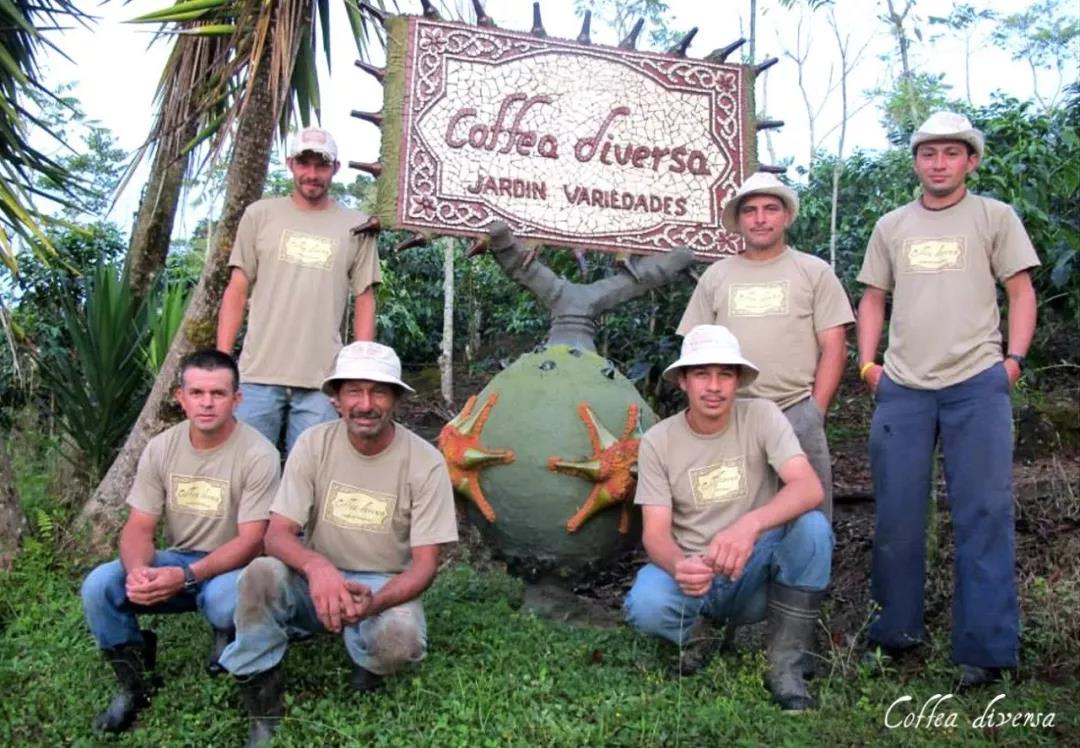
Therefore, the species Lumei Sultan is also a coffee carefully cultivated by the owner of the estate, Gonzalo Hernandez. The biological characteristics of Lumei Sultan are dark green broad leaves, medium branch spacing, medium branch spacing, and small and long beans.

treatment
This lumei sudanese coffee is washed with water. Put the screened coffee cherries into a peeling machine, and preliminarily remove the pericarp and pulp; put the green coffee beans with residual pulp pectin into water, and let them ferment for about 24 hours; after fermentation, put the green coffee beans with parchment paper into a flowing water tank for washing, and remove the pulp and pectin; after washing, air dry the coffee beans or dry the coffee beans with the aid of a dryer, and reduce the moisture content to about 12%. Finally remove the parchment from the green coffee beans.
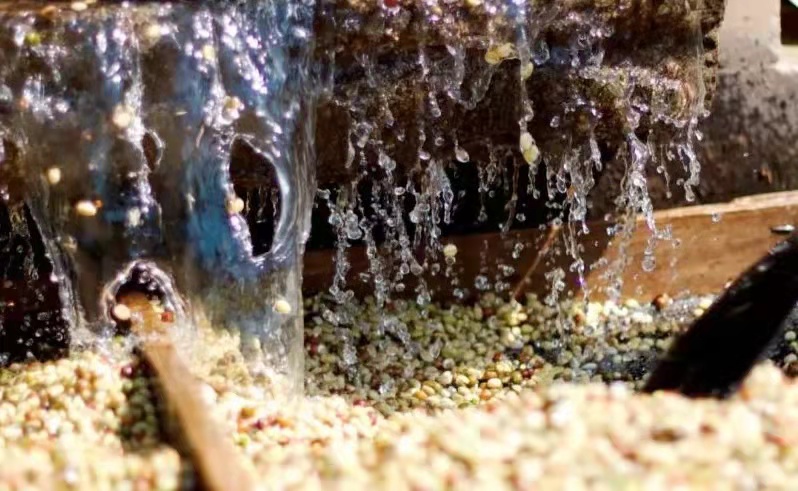
Analysis of Front Street Coffee Roasting
This bean is lightly baked, highlighting the translucent acidity and rich fruit tones.
Using Yangjia 700N, the raw bean quantity is 300g. The furnace temperature is 175℃, the fire power is 120, the damper is opened to 3; the temperature is 142 ", the temperature is 98.9, when the furnace temperature is 140℃, the damper is opened to 4, and the fire power is unchanged; when the furnace temperature is 151.2℃, the bean surface turns yellow, the grass smell completely disappears, and the dehydration stage enters; when the furnace temperature reaches 166℃, the fire power is adjusted to 110℃, and the damper is 4; when the furnace temperature reaches 183.3, the fire power is unchanged, and the damper is opened to 5; when the furnace temperature reaches 188℃, the fire power is reduced to 50, and the damper is unchanged. At 9 27", the first explosion began, the damper remained unchanged, and after the first explosion, the development was 1 45", and the pot was placed at 194.8℃.
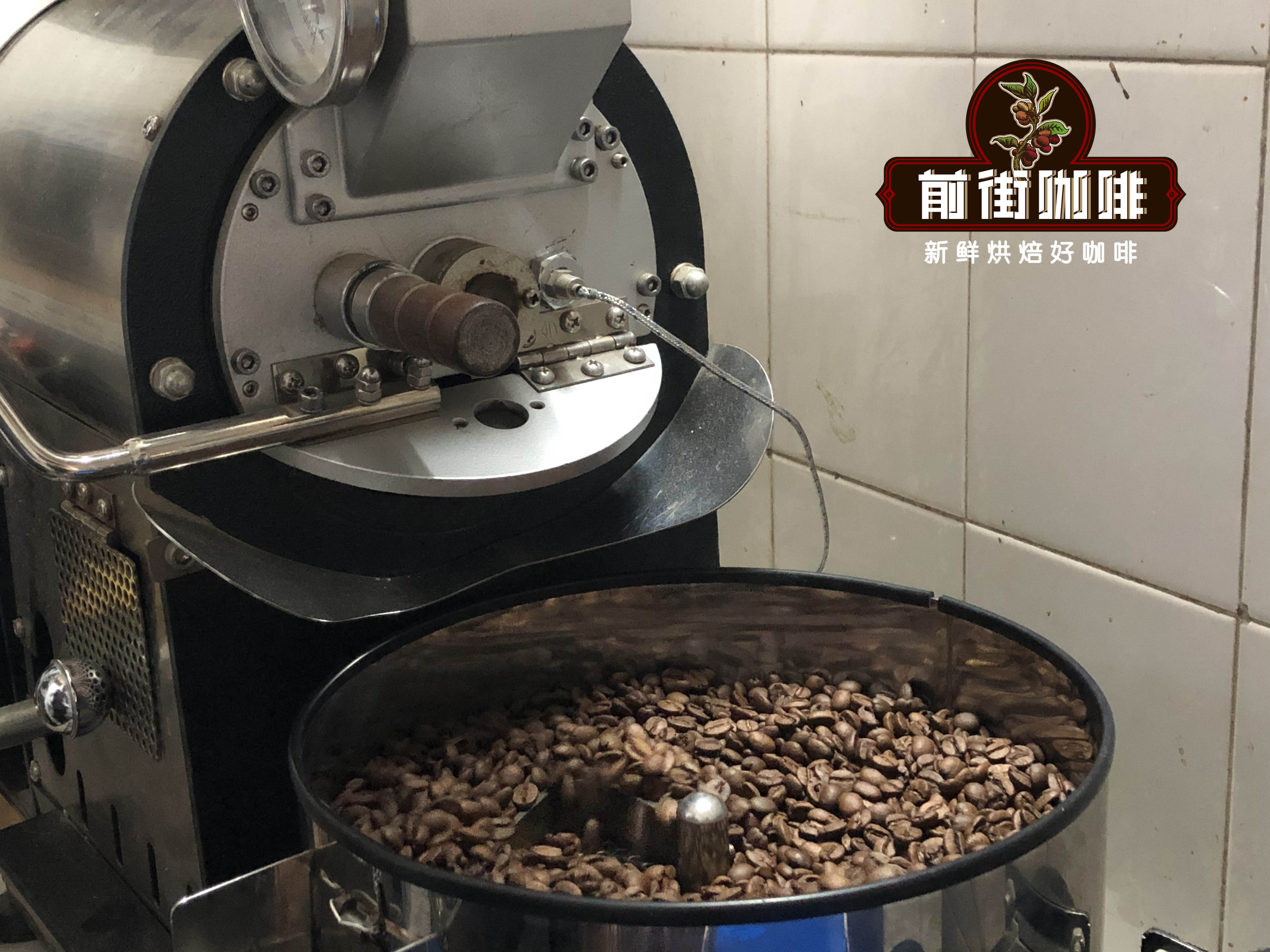
Front Street Coffee Brewing Share
Parameters:
Coffee powder: 15 g
Powder water ratio: 1:16
Water temperature: 91 degrees Celsius
Grindability: medium and fine grinding (78% through No. 20 standard sieve)
Fractional extraction was used. Steaming with 30g water for 30s, injecting water in a circle to 150g with small water flow, stopping injecting water to 240g when the water level drops to expose the powder bed, removing the filter cup when the water level drops to expose the powder bed, and extracting for 1.56 ".

Flavor Description: Lemon, green apple and other bright rising acidity, fruit juice full taste. A slight taste of oolong tea at the end.
More fine coffee beans, please add private WeChat Qianjie Coffee, WeChat: kaixinguoguo0925
Important Notice :
前街咖啡 FrontStreet Coffee has moved to new addredd:
FrontStreet Coffee Address: 315,Donghua East Road,GuangZhou
Tel:020 38364473
- Prev
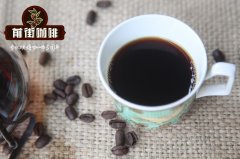
The Ethiopian single producer plan introduces how the Sidamo production area is divided into sub-production areas.
Coffee in Ethiopia usually follows one of two ways: real estate coffee or collective land. It is easier to understand (but harder to encounter) the production path of manor coffee grown and sold in the name of the manor. The supply chain of Ethiopian manor coffee is largely similar to that of Central America because the farm is made up of wealthy Ethiopian nationals or Ethiopian countries.
- Next
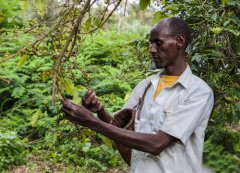
A brief introduction to the boutique coffee producing areas in Ethiopia-Yega Xuefei 01
Yega Xuefei means: let's settle down in this wetland.
Related
- Detailed explanation of Jadeite planting Land in Panamanian Jadeite Manor introduction to the grading system of Jadeite competitive bidding, Red bid, Green bid and Rose Summer
- Story of Coffee planting in Brenka region of Costa Rica Stonehenge Manor anaerobic heavy honey treatment of flavor mouth
- What's on the barrel of Blue Mountain Coffee beans?
- Can American coffee also pull flowers? How to use hot American style to pull out a good-looking pattern?
- Can you make a cold extract with coffee beans? What is the right proportion for cold-extracted coffee formula?
- Indonesian PWN Gold Mandrine Coffee Origin Features Flavor How to Chong? Mandolin coffee is American.
- A brief introduction to the flavor characteristics of Brazilian yellow bourbon coffee beans
- What is the effect of different water quality on the flavor of cold-extracted coffee? What kind of water is best for brewing coffee?
- Why do you think of Rose Summer whenever you mention Panamanian coffee?
- Introduction to the characteristics of authentic blue mountain coffee bean producing areas? What is the CIB Coffee Authority in Jamaica?

